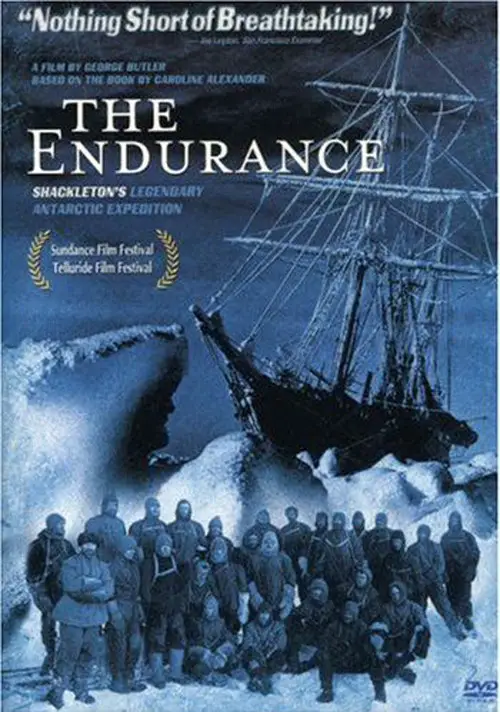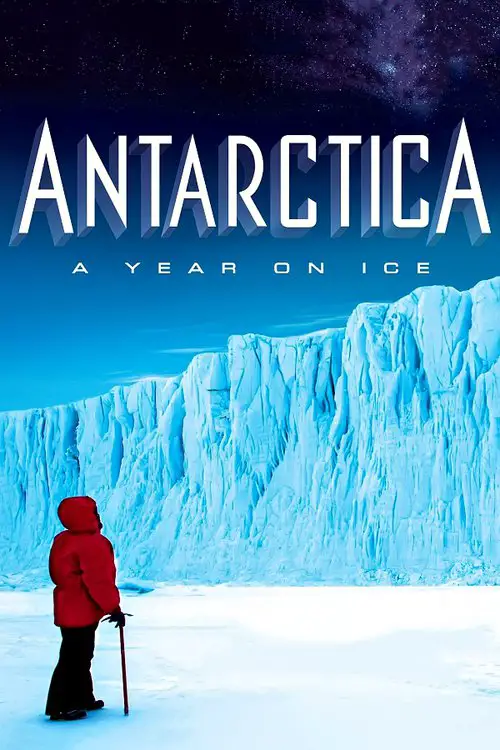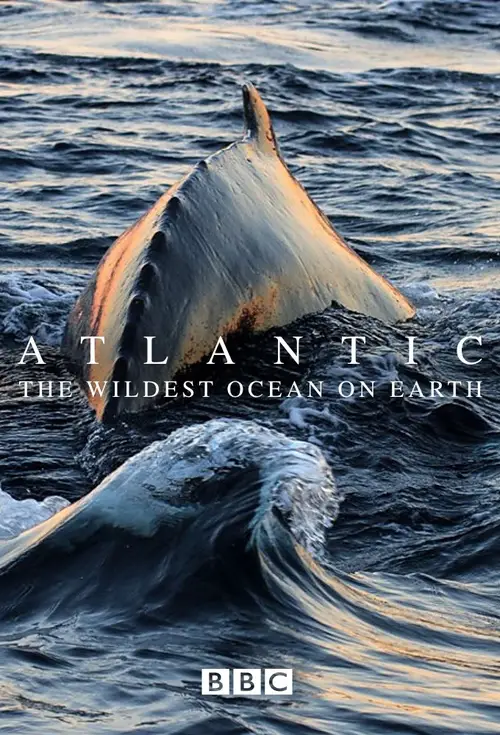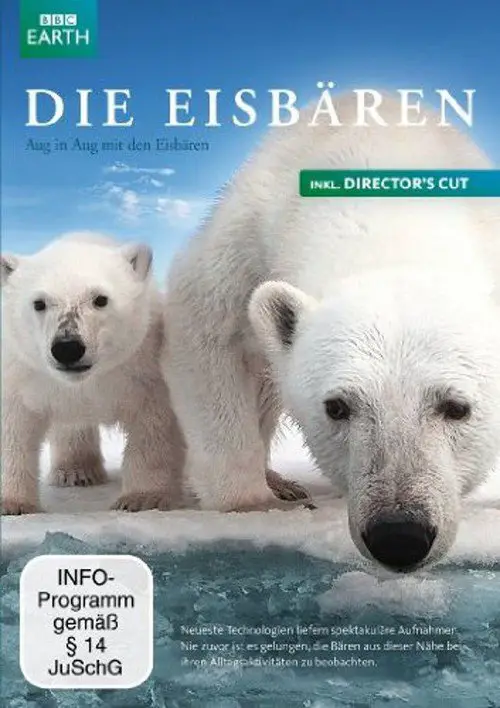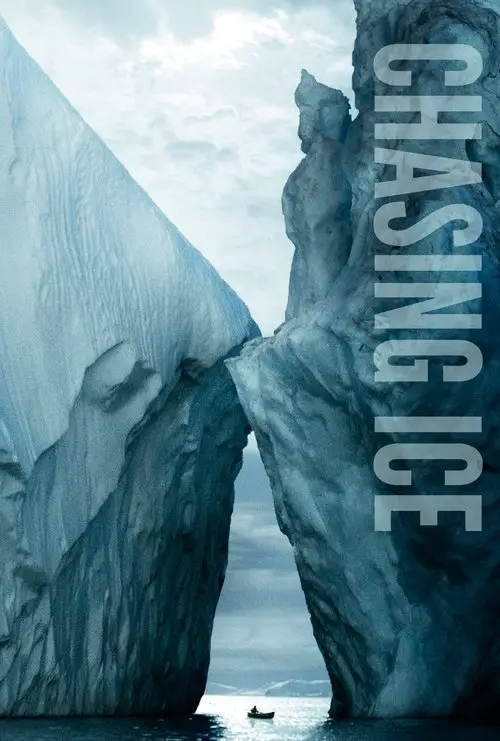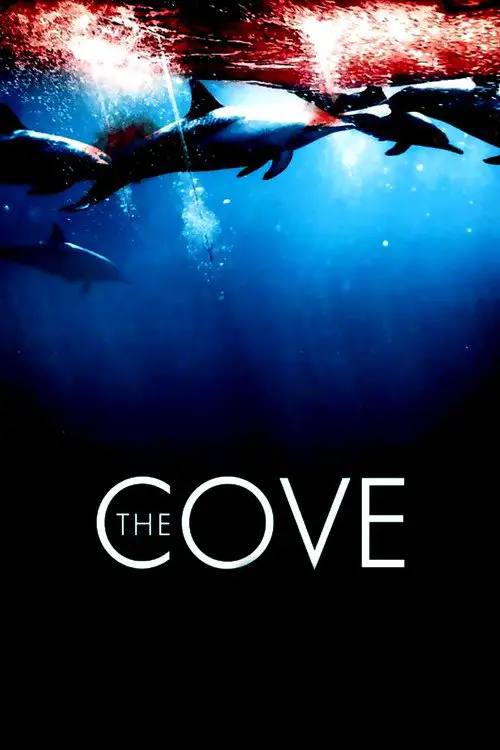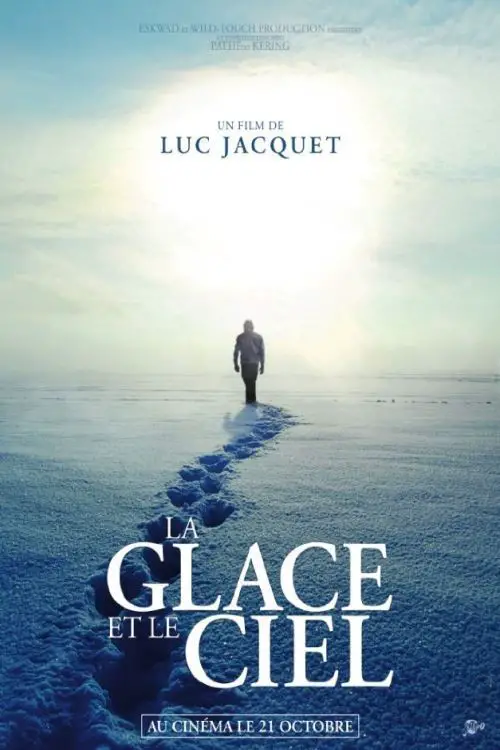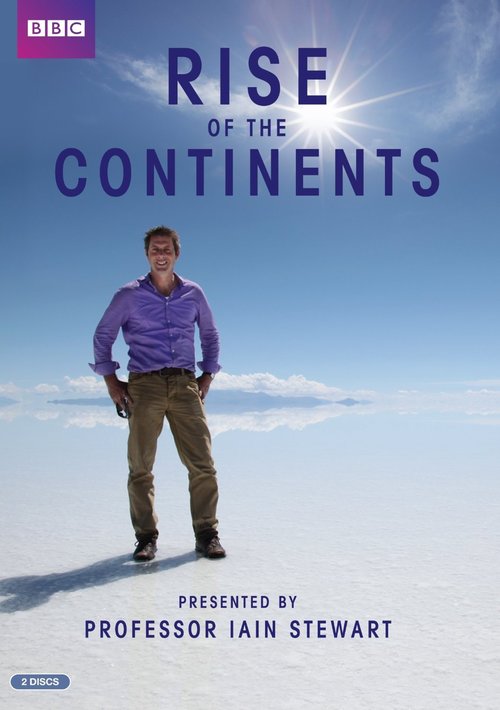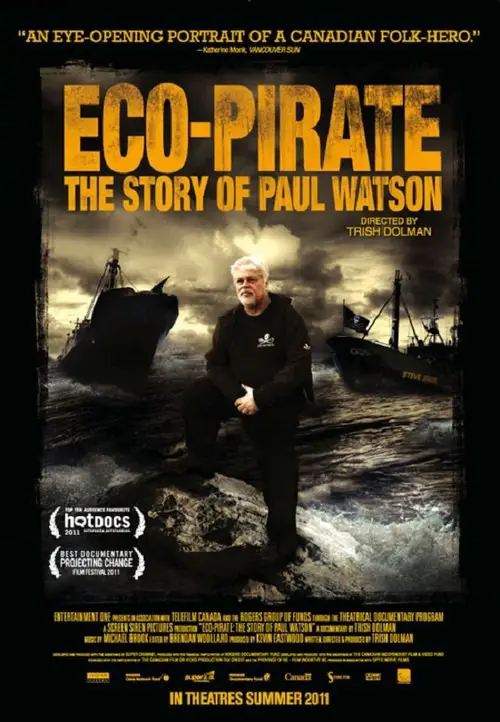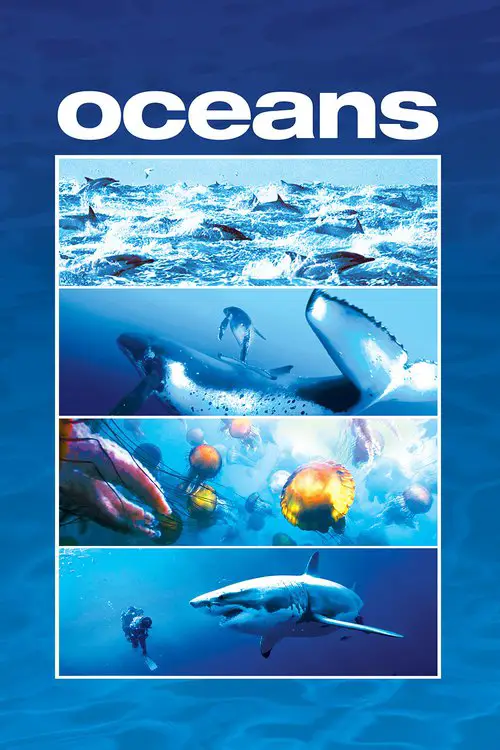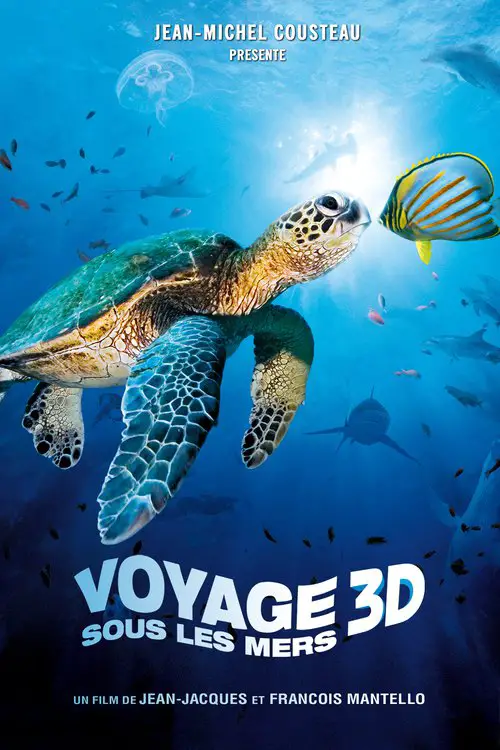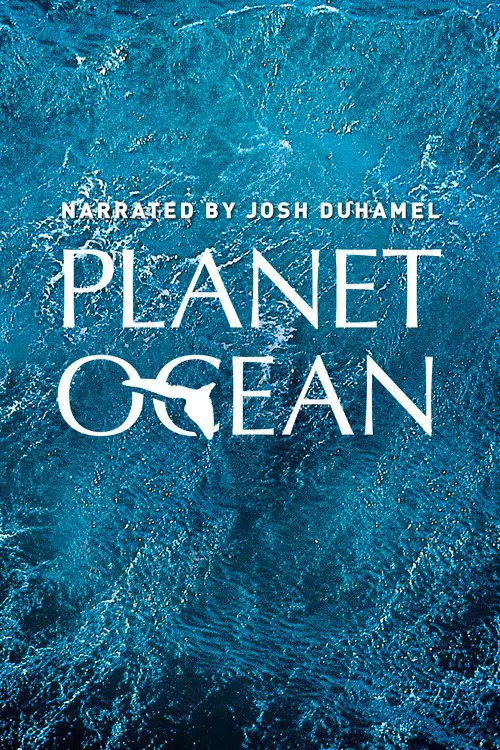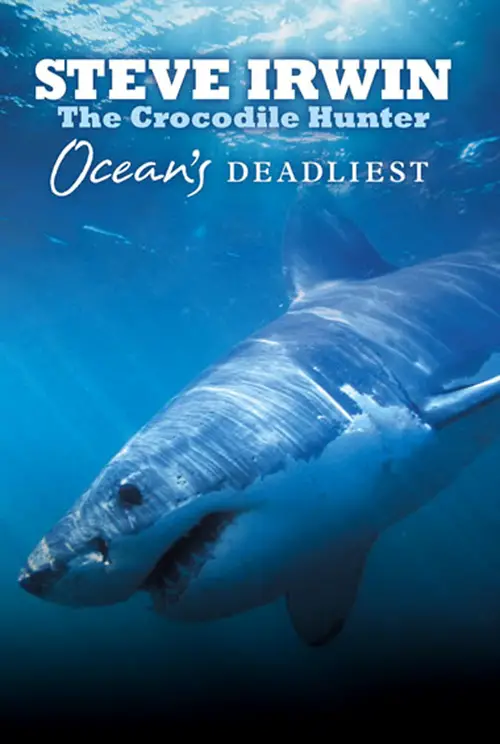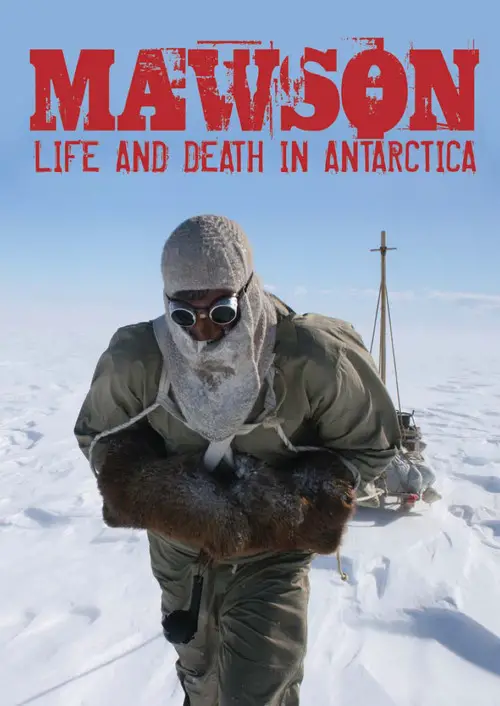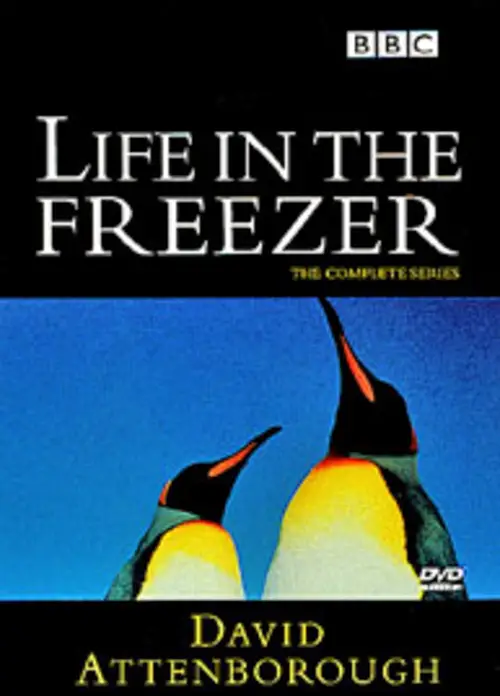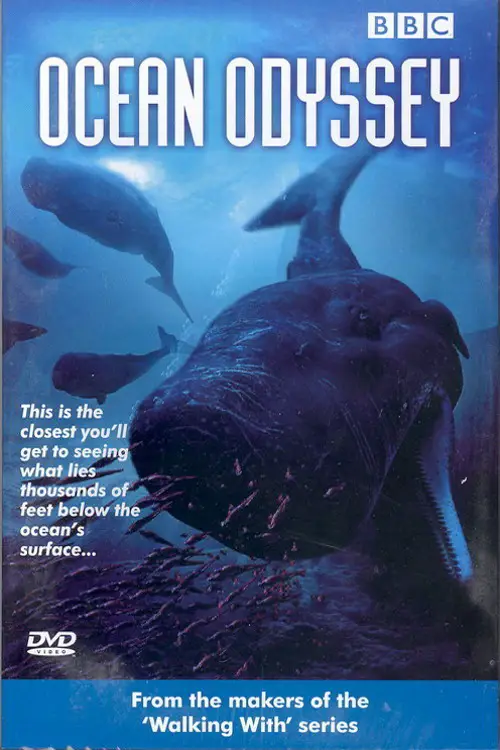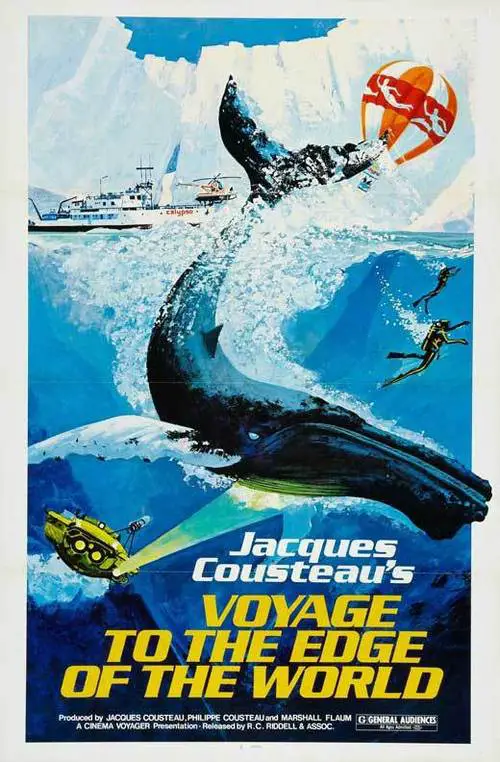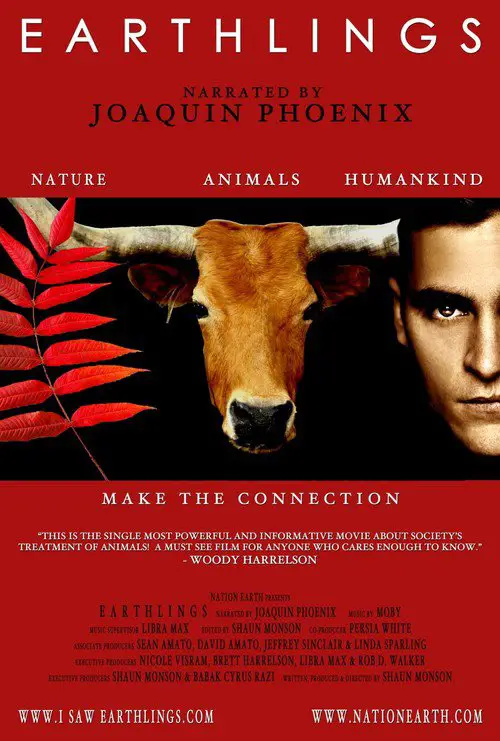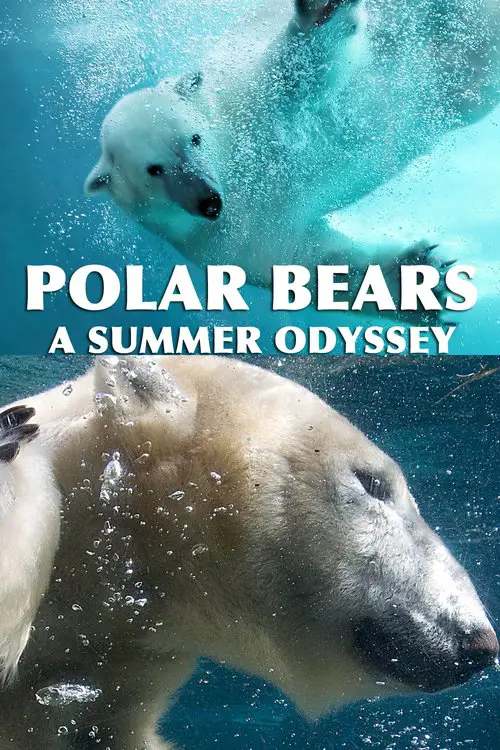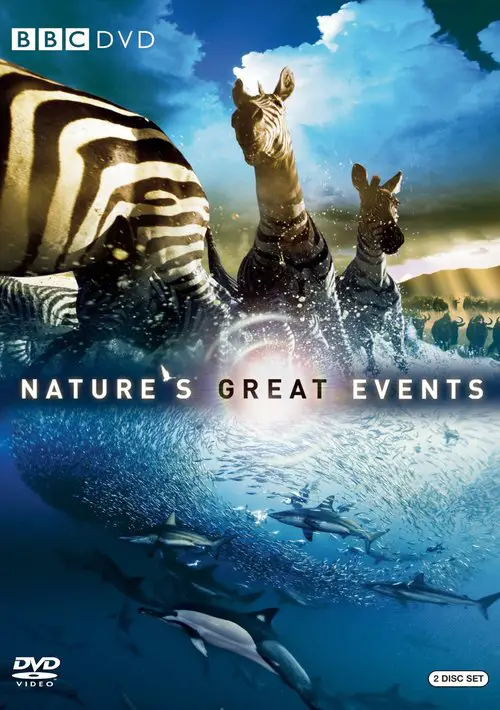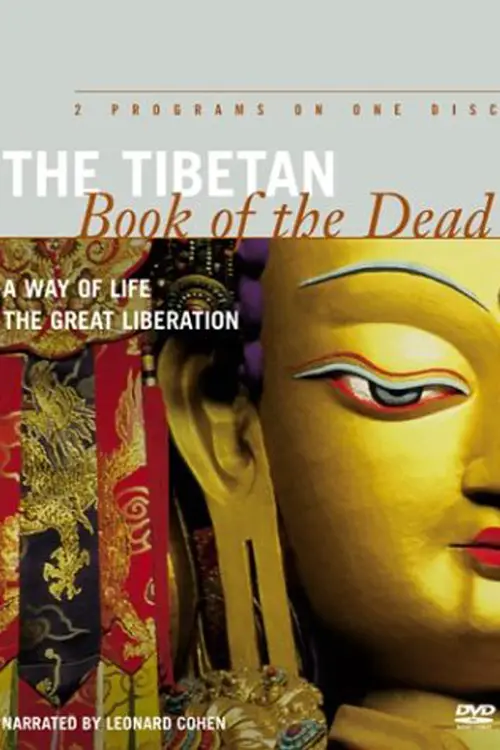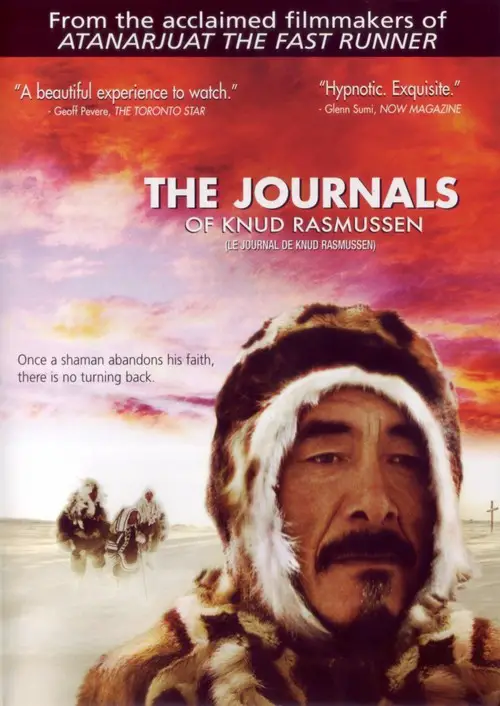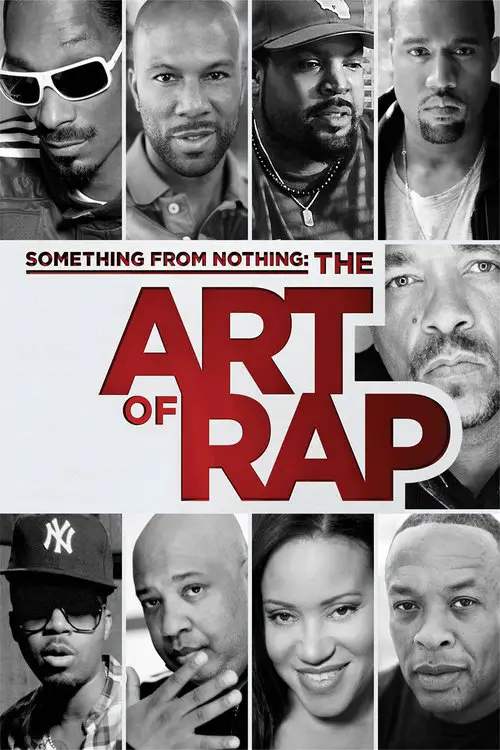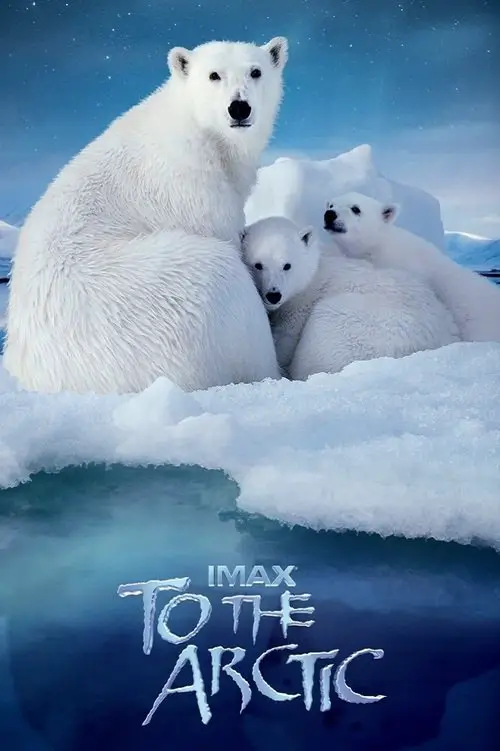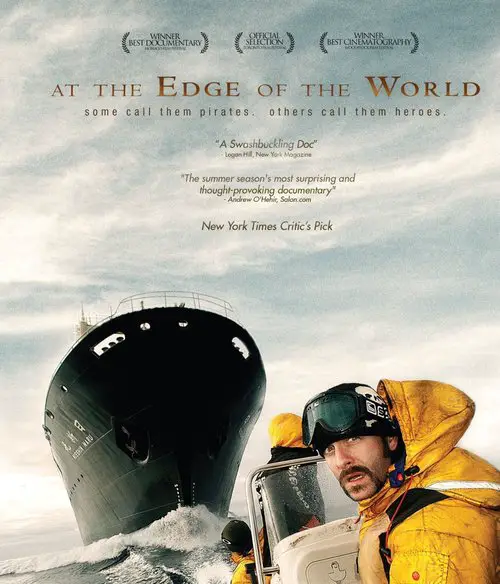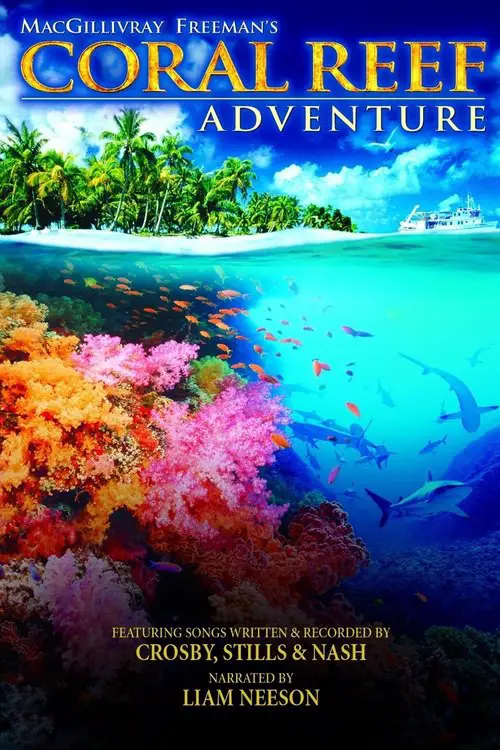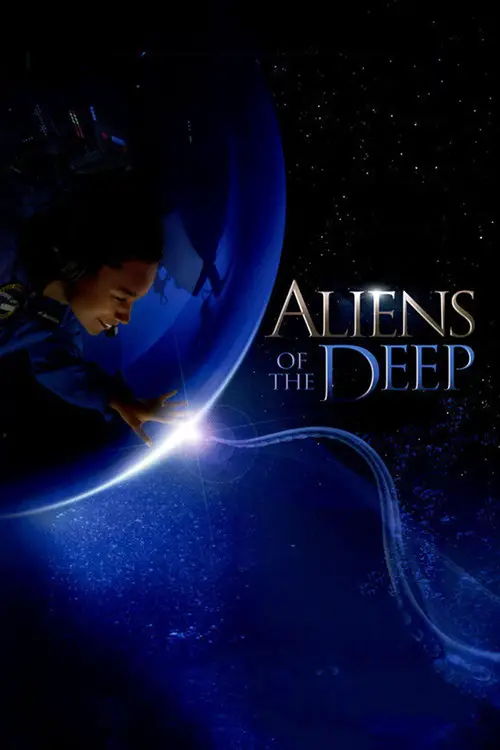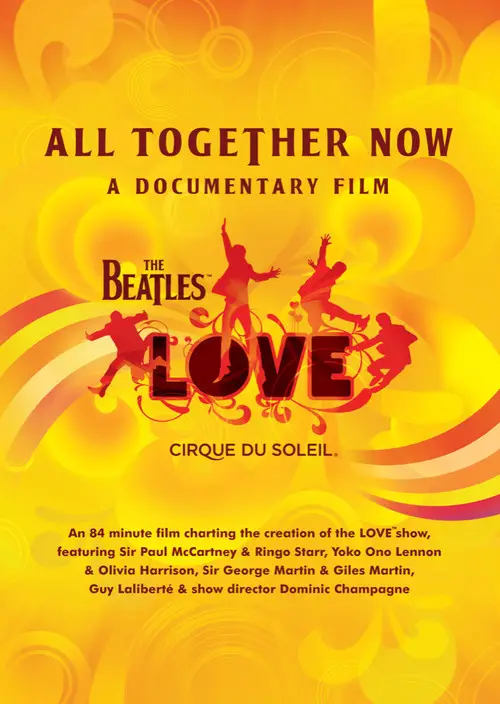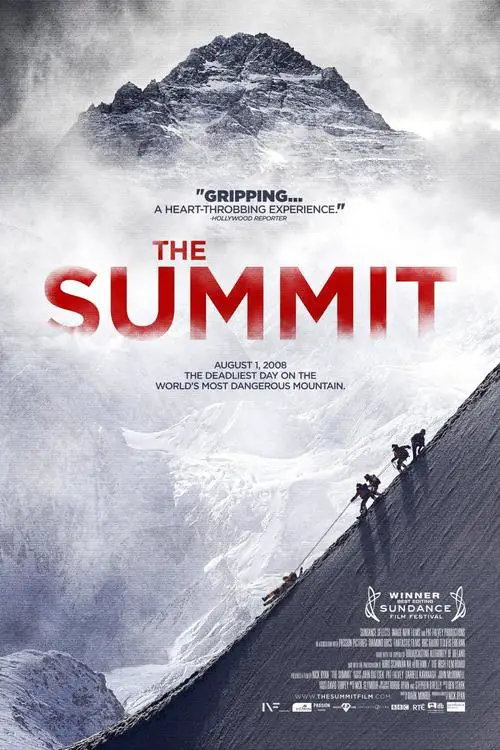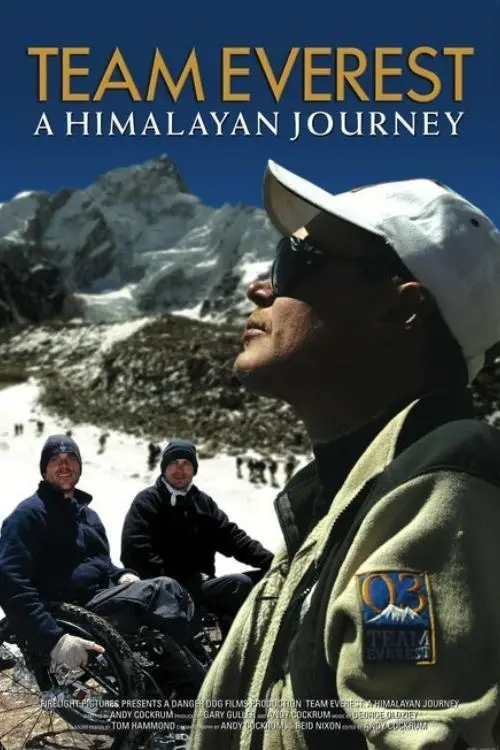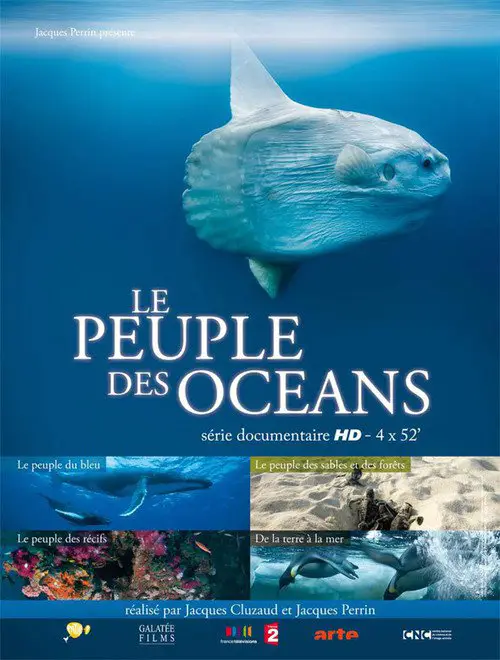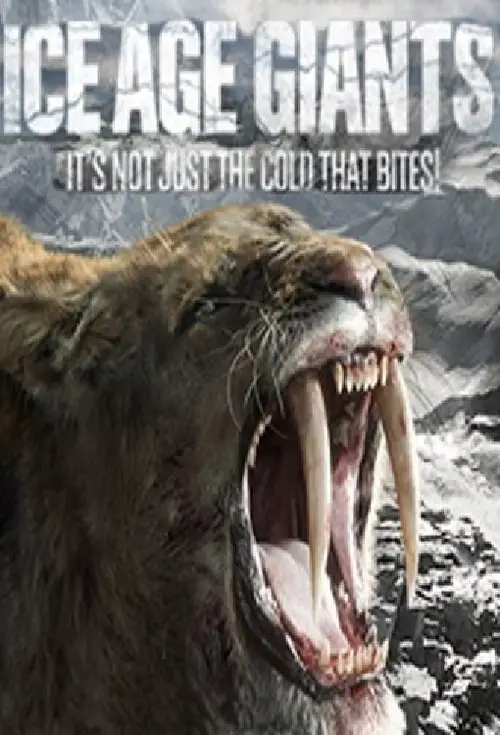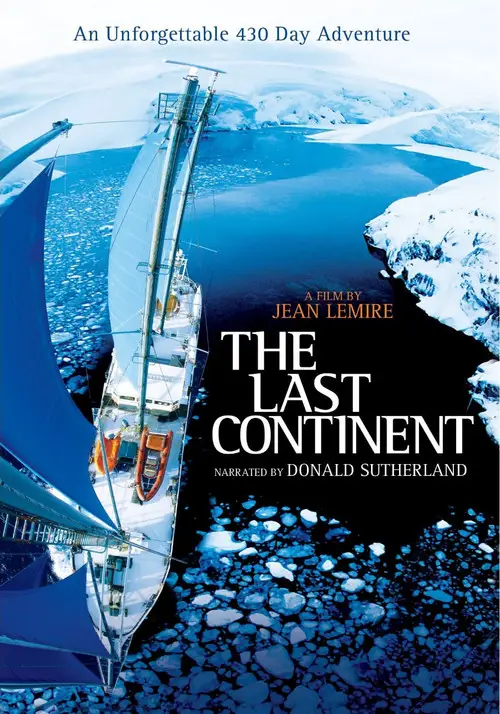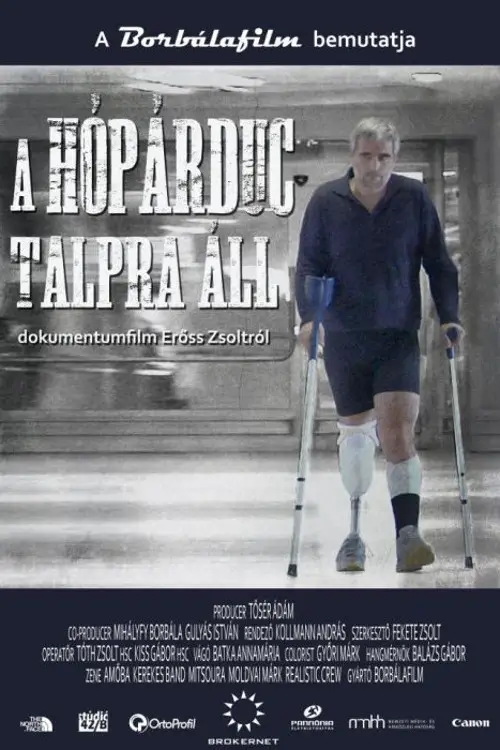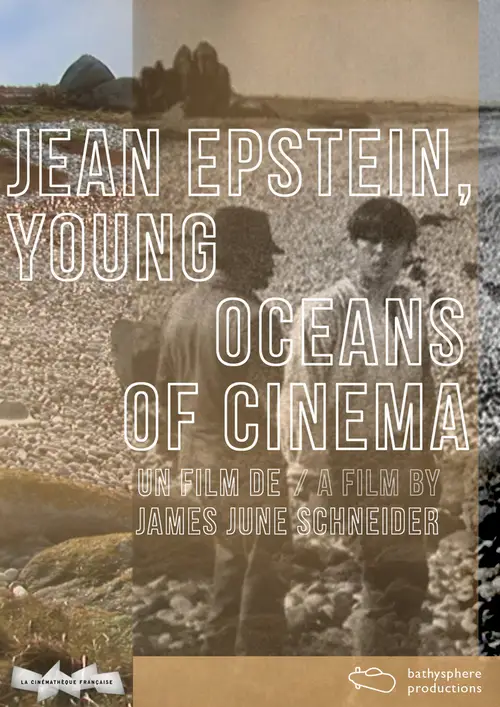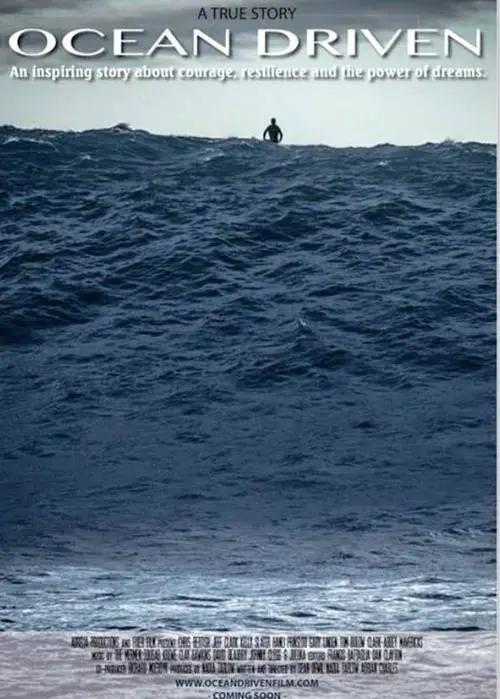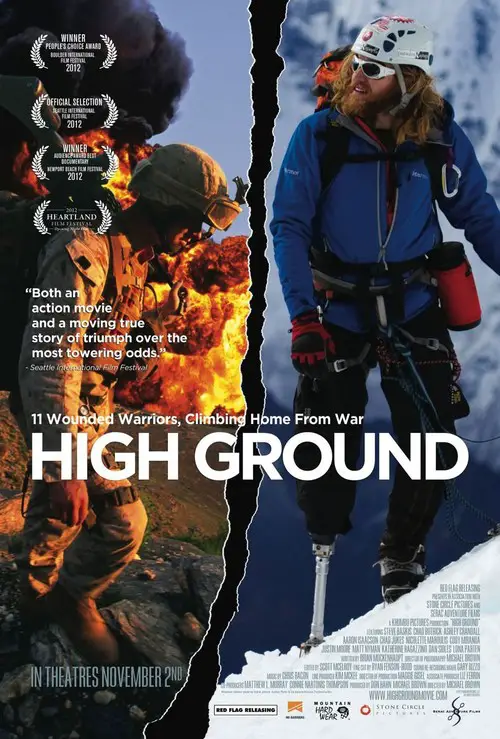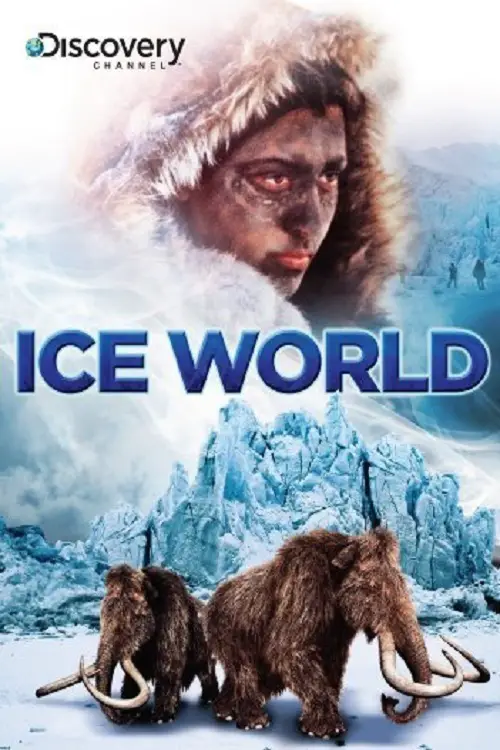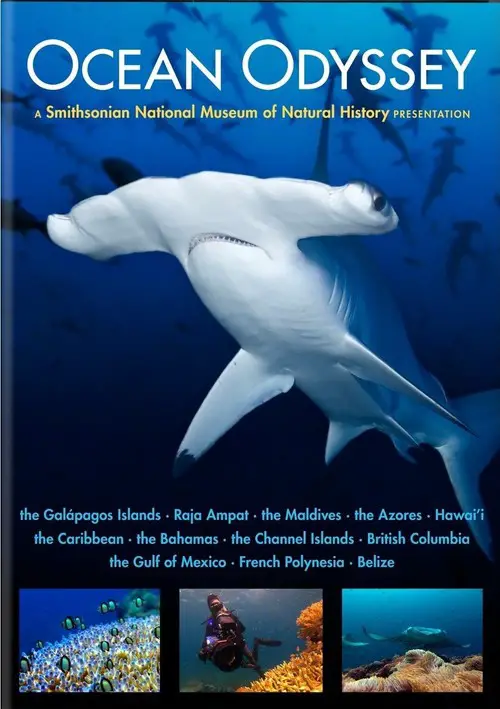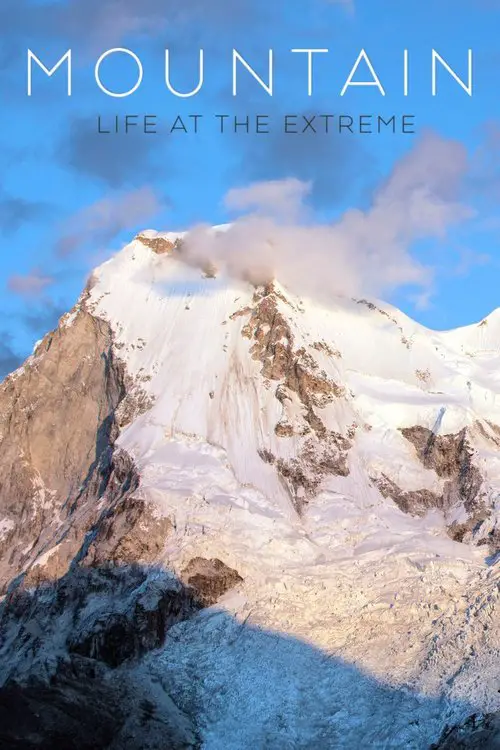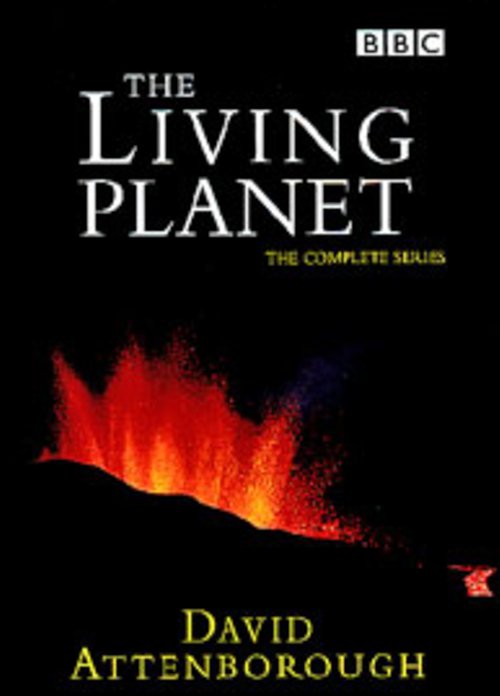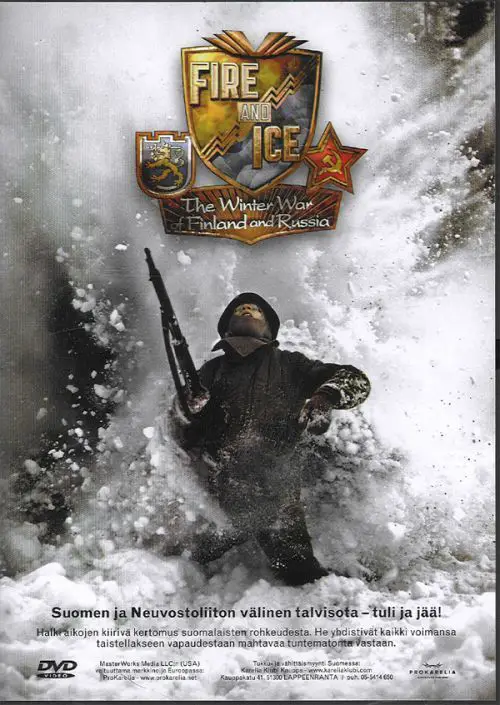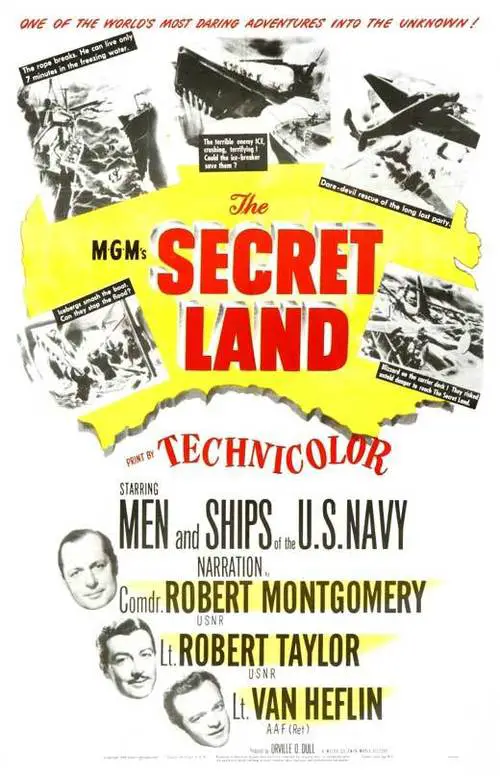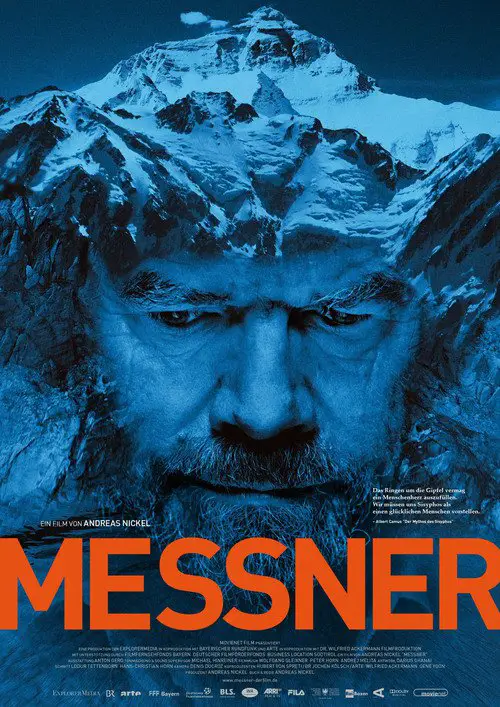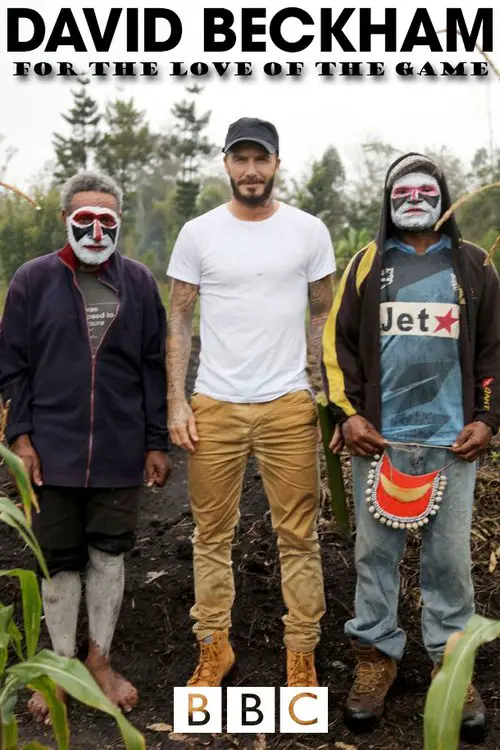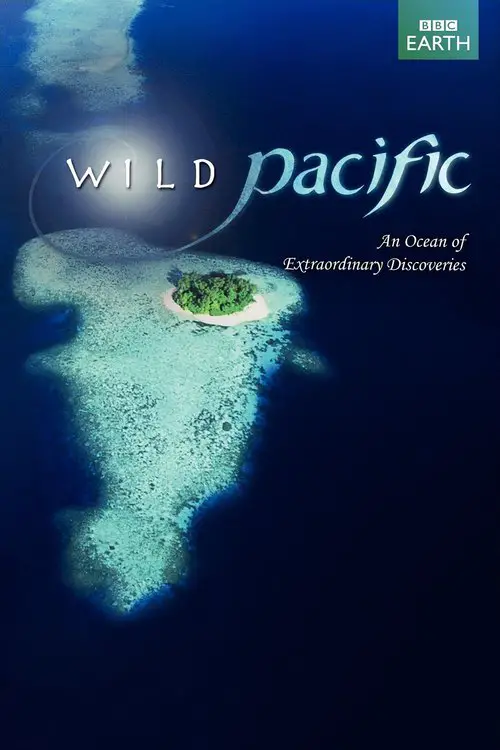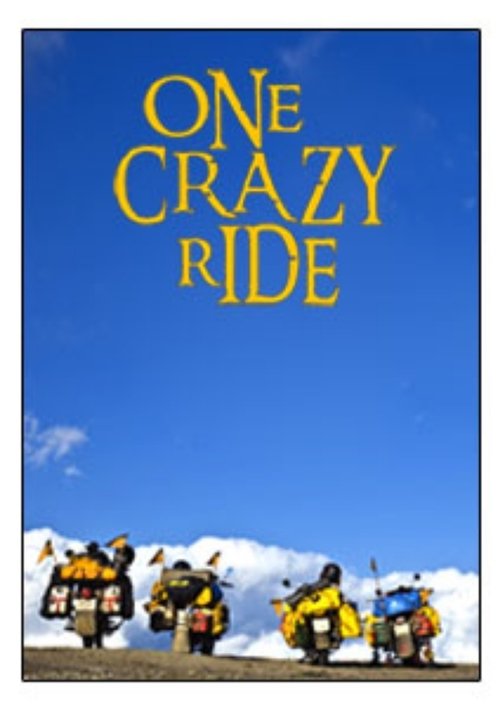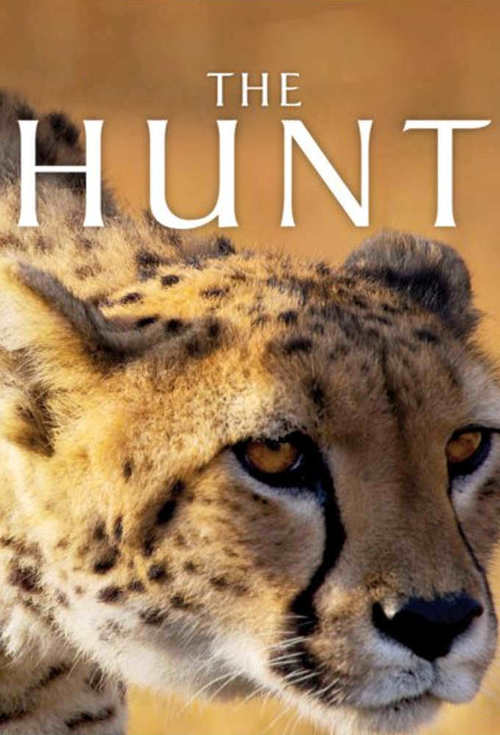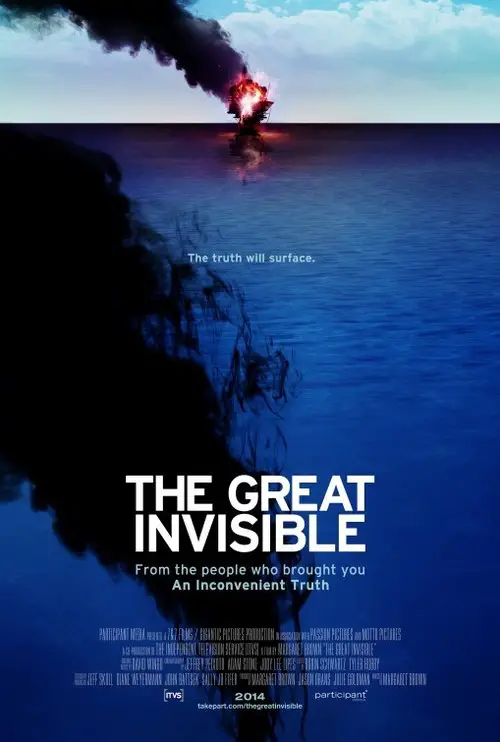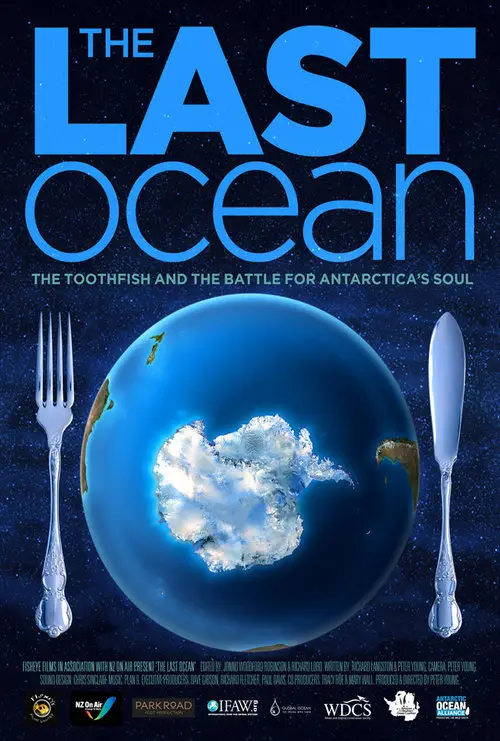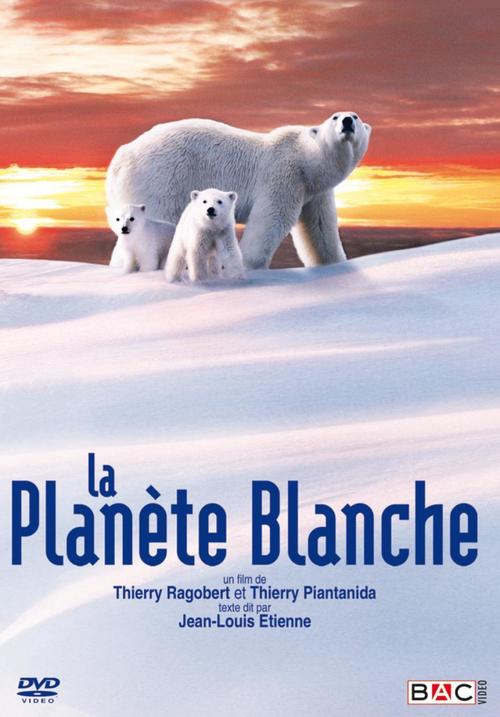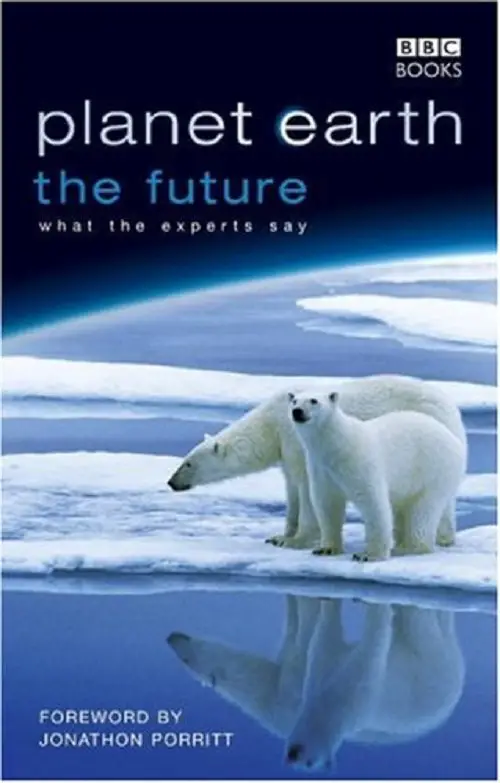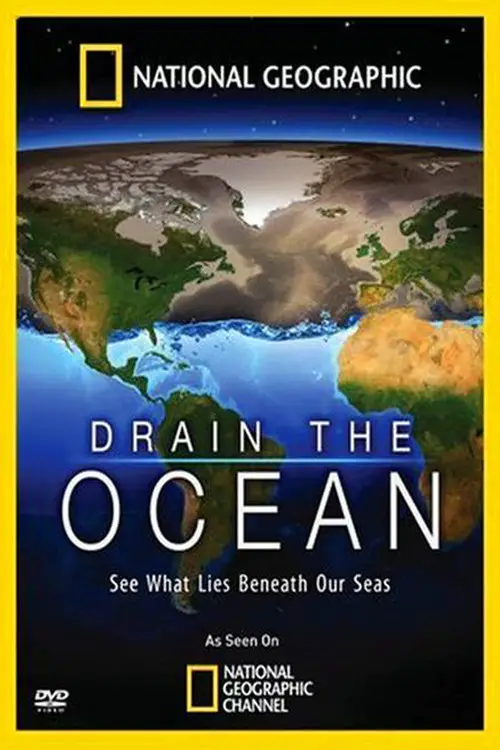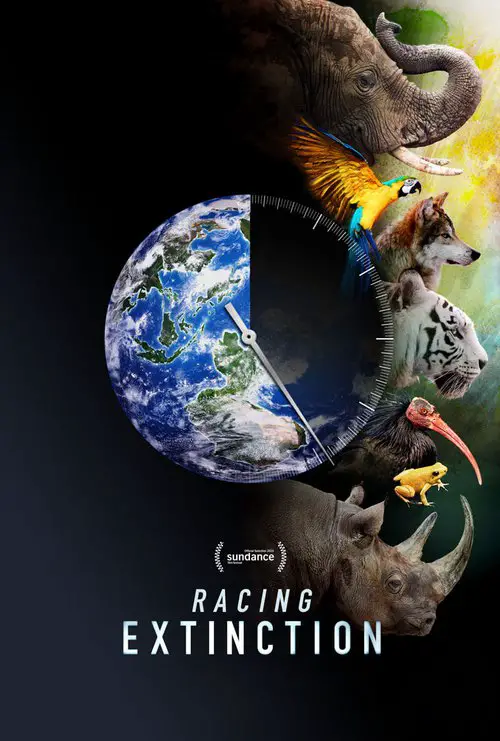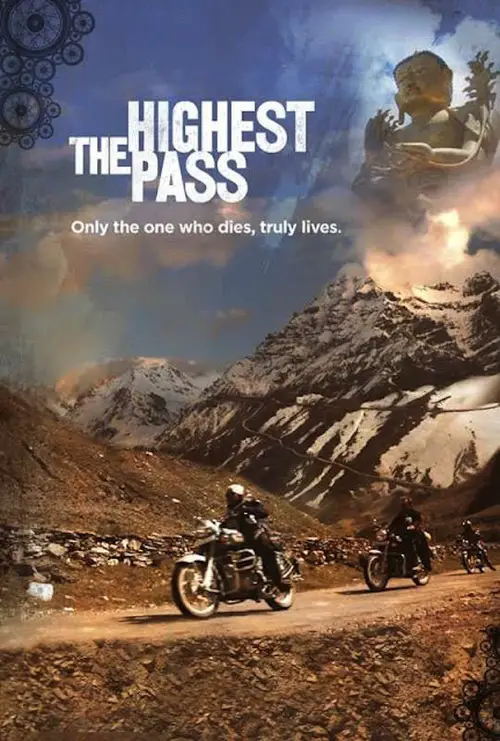Earth (2007)
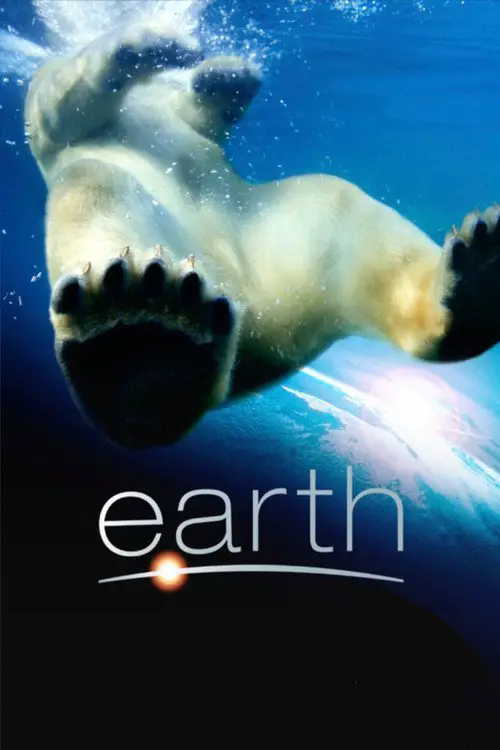
Similar movies
Documentary on the Shackleton Antartic expedition. A retelling of Sir Ernest Shackleton's ill-fated expedition to Antarctica in and the crew of his vessel 'The Endurance', which was trapped in the ice floes and frigid open ocean of the Antarctic in 1914. Shackleton decided, with many of his crew injured and weak from exposure and starvation, to take a team of his fittest men and attempt to find help. Setting out in appalling conditions with hopelessly inadequate equipment, they endured all weather and terrain and finally reached safety. Persuading a local team of his confidence that the abandoned team would still be alive, he set out again to find them. After almost 2 years trapped on the ice, all members of the crew were finally rescued.
This landmark series explores a vast ocean that stretches nearly 10,000 miles, from Arctic to Antarctic and from sun-drenched tropical reefs to crushing abyssal depths. Over three programmes it reveals the amazing, surprising and resilient inhabitants of the Atlantic, both animals and people, as they pit themselves against the worldâs wildest ocean.
When National Geographic photographer James Balog asked, âHow can one take a picture of climate change?â his attention was immediately drawn to ice. Soon he was asked to do a cover story on glaciers that became the most popular and well-read piece in the magazine during the last five years. But for Balog, that story marked the beginning of a much larger and longer-term project that would reach epic proportions.
Ep1 - Africa Africa is the cradle of humanity, it is land born from violent, cataclysmic events. Ep2 - Eurasia Europe and Asia; geologically they are part of the same vast landmass, Eurasia. Shaped by a series of collisions, mountain ranges have been pushed up, valleys created and a once great ocean has come and gone. Ep3 - The Americas From the bedrock the Empire State Building is built on, to the Spanish empires in South America, the two land masses of North and South America are linked by geology and history. Ep4 - Australia Australia was once part of a super-continent and its deserts were covered in forests. Once joined to Antarctica, it split off and moved northwards into warmer climes, whilst Antarctica became an icy wasteland.
The Douglas Mawson Antarctic Expedition of 1912 is considered one of the most amazing feats of endurance of all time. Although his two companions perished, Douglas Mawson survived, but how? In a bold historical experiment, scientist and adventurer Tim Jarvis is retracing the gruelling experience, with the same meagre rations, primitive clothing and equipment to uncover what happened to Mawson physically-and mentally-as a man hanging on the precipice of life and death.
The largest predator on the planet, the sperm whale, is your host for an amazing exploration of the final frontier -- the world at the bottom of the ocean. From the makers of the Walking With series comes this incredible marine tour, in which you'll witness a rarely seen world of hidden mountain ranges, majestic canyons, volcanoes and the beautiful and often deadly creatures that inhabit the deep sea.
On his ship "Calypso," as well as in a submarine, Jacques Cousteau and his crew sail from South America and travel to Antarctica. They explore islands, reefs, icebergs, fossils, active volcanic craters, and creatures of the ocean never before seen. This voyage took place in 1975, and Captain Cousteau became one of the first explorers ever to dive beneath the waters of the frozen South Pole.
Every year, thousands of Antartica's emperor penguins make an astonishing journey to breed their young. They walk, marching day and night in single file 70 miles into the darkest, driest and coldest continent on Earth. Morgan Freeman narrates this amazing tale, Breathtaking photography captures the transcendaent beauty and staggering drama, so follow the leader.. to adventure!
Each year over one million wildebeest and zebra invade the Serengeti grasslands, making it a paradise for the predators the live there. But what happens when the herds move off again? We follow the moving story of one lion family's struggle to survive until the return of the great migration. The Ntudu pride has seven cubs, and is already suffering as the wildebeest leave to find fresh pastures. The four pride females struggle to find enough food for their hungry offspring. As weeks turn to months, the pride members become more emaciated and frailer, and the number of cubs dwindles to just two.
Based on the journal of Knud Rasmussen's "Great Sled Journey" of 1922 across arctic Canada. The film is shot from the perspective of the Inuit, showing their traditional beliefs and lifestyle. It tells the story of the last great Inuit shaman and his beautiful and headstrong daughter; the shaman must decide whether to accept the Christian religion that is converting the Inuit across Greenland.
SOMETHING FROM NOTHING: THE ART OF RAP is a feature length performance documentary about the runaway juggernaut that is Rap music. At the wheel of this unstoppable beast is the film's director and interviewer Ice-T. Taking us on a deeply personal journey Ice-T uncovers how this music of the street has grown to dominate the world. Along the way Ice-T meets a whole spectrum of Hip-Hop talent, from founders, to new faces, to the global superstars like Eminem, Dr Dre, Snoop Dogg and Kanye West. He exposes the roots and history of Rap and then, through meeting many of its most famous protagonists, studies the living mechanism of the music to reveal 'The Art Of Rap'. This extraordinary film features unique performances from the entire cast, without resorting to archive material, to build a fresh and surprising take on the phenomenon that is Rap.
At the Edge of the World chronicles the controversial Sea Shepherd Antarctic Campaign against a Japanese whaling fleet. The international volunteer crew, under-trained and under-equipped, develop a combination of bizarre and brilliant tactics with which to stop the whalers. But first they must find the Japanese ships, a far more difficult challenge than ever imagined - long-time activist Paul Watson and first-time captain Alex Cornelissen employ an array of strategies in the hopes of finding an elusive adversary in the vast expanse of the Ross Sea. With one ship (the Farley Mowat) too slow to chase down the whaling fleet, with their second ship (the Robert Hunter) unsuited for Antarctic ice conditions and with no country supporting their efforts to enforce international law, the situation becomes increasingly desperate. Against all odds, however, a real-life pirate tale unfolds - a modern-day "David vs. Goliath" adventure.
Coral Reef Adventure follows the real-life expedition of ocean explorers and underwater filmmakers Howard and Michele Hall. Using large-format cameras, the Halls guide us to the islands and sun-drenched waters of the South Pacific to document the health and beauty of coral reefs. Featuring songs written and recorded by Crosby, Stills & Nash.
All Together Now details the story behind the unique partnership between The Beatles & Cirque du Soleil that resulted in the creation & launch of "LOVE," the stage production still wowing audiences at The Mirage in Las Vegas, & the double Grammyî-winning album of the same name. Program contents include All Together Now documentary, Changing The Music: A behind-the-scenes look at the decision making process for the "LOVE" concept and music production, Music In The Theatre: A look at the process of creating the "LOVE" show's unique audio design, and Making 'LOVE:' A backstage pass to explore the design of "LOVE," including the art direction, costumes, props, screen imagery and the use of The Beatles' voices in the "LOVE" stage production and its soundtrack.
The Summit is a 2012 documentary film about the 2008 K2 disaster directed by Nick Ryan. It combines documentary footage with dramatized recreations of the events of the 2008 K2 disaster. On the way to and from the summit, eleven climbers died during a short time span creating one of the worst catastophes in climbing history. Much of the documentary footage was captured by Swedish mountaineer Fredrik Sträng. Sträng was planning to do a Documentary which was aborted due to the fact that he did not reach the summit. The footage was still valuable to help solving what really did happen since all the climbers had different stories about what happened.
Diving into the planetâs waters, Kingdom Of The Oceans features astonishing footage that showcases the majesty of the underwater world. Shot at over 50 locations around the world and with eighty different species, this breath-taking four-part special offers a deeper insight into the aquatic side of nature, from the coastal shores to the open sea. 1) Giants Of The Deep: The voyages of blue whales and hordes of tuna through the vast, blue, liquid expanse of the oceans. 2) Sand Wars:The sandy plains of the seabed can appear to be empty, but hide multitudes of moving creatures. 3) Predator's Paradise: Coral polyps are tiny animals that construct underwater mountains, sheltering an extraordinarily diverse group of species. 4) Fire & Ice: Whales, penguins, iguanas and dolphins have all inherited a burdensome air-breathing legacy from their land-dwelling ancestors.
Professor Alice Roberts journeys 40,000 years back in time on the trail of the great beasts of the Ice Age in this BBC documentary miniseries. It begins in the land of the sabre-tooth; North America, a continent that was half covered by ice. Alice traces the movements of Ice Age beasts like bear-sized sloths, vast mammoths and the strange beast known as the glyptodon. These leviathans were stalked by the meanest big cat that ever: Smilodon fatalis. In the Land of the Cave Bear, Alice ventures to the parts of the northern hemisphere, hit hardest by the cold. High in the mountains of Transylvania, a cave sealed for thousands of years reveals grisly evidence for a fight to the death between two staving giants, a cave bear and a cave lion. Yet Alice discovers that for woolly rhinos and woolly mammoths, the Ice Age created a bounty. In the final installment, Alice sets off on her last voyage back to the Ice Age to discover why the giants of the age went extinct.
In 2005, a small group of scientists and filmmakers agreed to leave everything behind for more than a year to sail to the Antarctic and live in isolation. Following in the path of the greatest explorers, expedition leader Jean Lemire and the crew of the Sedna IV dedicated themselves completely to measuring the threat posed by global warming in a place where Earth is particularly vulnerable. The resulting film, is a record of their incredible 430-day journey that inspires equal measures of fear and admiration. Alternating between captivating images of beauty and serenity, and spine-tingling sequences where the ship's crew finds itself on the edge of catastrophe, this is an expedition where danger and wonder are inextricably linked.
Zsolt Eross, a famous Hungarian mountain climber fights with the elements in an extraordinary environment- a hospital. After great climbs in the Himalaya he lost his right leg in an avalanche accident. The movie illustrates a moving, human story of an injured person rising back to his feet. His family name means Strong in Hungarian, he shows strength during the recovery period. Few months after the accident he returns to the Himalayas to attempt Cho Oyu, the 6th highest peak in the world, but he had to realize that the accident weakened him more than he had thought.
This portrait of the French film theorist and avant-garde director Jean Epstein (1897-1953) concentrates on the period when he filmed in Brittany, the spot where he became inspired by the sea. Using rare archive footage, Jean Epstein, Young Oceans of Cinema also looks at Epsteinâs views on the specificity of the film medium.
Making a big wave dream come true. Ocean Driven is a true and gripping story that chronicles the development of South African big wave surfer Chris Bertish. His single minded pursuit of his dreams and refusal to let seemingly insurmountable obstacles stand in his way, culminates with his winning the world's premiere big wave surfing competition at Mavericks in California 2010. Moments after nearly drowning, Bertish takes the world by storm in the largest waves ever seen there. Ocean Driven is a tale of overcoming obstacles and fears, redefining possible, and empowering viewers to never give up in pursuit of their dreams. Ocean Driven features countless big wave legends, ocean specialists, and breathtaking images.
Eleven veterans returning from Iraq and Afghanistan join an expedition to climb the 20,000 foot Himalayan giant Mount Lobuche. With blind adventurer Erik Weihenmayer and a team of Everest summiters as their guides, they set out on an emotional and gripping climb to reach the top in an attempt to heal the emotional and physical wounds of the longest war in U.S. history.
Ice World is a Discovery Channel documentary concerning three people living 24,000 years ago in England during the last ice age. They live very much like plains Indians, with tee pees, buckskin clothing and long hair. Aki and Mora are a couple with a child on the way. Brom is their tribal chief. As the ice cap advances they flee southeast towards warmer weather. At that time there was no English channel and they walked to France and over several months on to present day Czechoslovakia. This is a fictional account of how people might have coped back then. The scenes of our three twenty-somethings trying to find another tribe to join up with are intermingled with discussions by archaeologists lecturing about cave paintings and findings that correlate with the basic story.
Commissioned by the Smithsonian's National Museum of Natural History, OCEAN ODYSSEY takes viewers on an undersea journey to remote and magical places. Follow Feodor Pitcairn, a pioneer in underwater HD cinematography, as he explores the marine ecosystems of the Galápagos Islands, Raja Ampat in Indonesia, the Maldives, the Azores, Hawai'i, the Caribbean, the Bahamas, the Channel Islands, British Columbia, the Gulf of Mexico, French Polynesia and Belize. Filmed in high definition, with commentary by Feodor Pitcairn and fellow cinematographer Bob Cranston, OCEAN ODYSSEY is a stunning film that reveals some of the most amazing underwater footage ever seen and offers reflections by two of the most prominent cinematographers at work today.
This documentary, filmed entirely by military photographers, recounts the U.S. Navy's 1946-47 expedition to Antarctica, known as Operation High Jump. The expedition was under the overall command of Admiral Richard E. Byrd, no stranger to the Antarctic. This was a large undertaking involving 13 ships and over 4000 thousand men. The fleet departed from Norfolk, Virginia traveling through the Panama canal and then southward to their final destination. The trip through the ice pack was fraught with danger and forced the submarine that was part of the fleet to withdraw. The trip was a success meeting all of its scientific goals.
Cameras follow David Beckham as he attempts to play a football match on all seven continents and get back in time for his own UNICEF fundraising match at Old Trafford. On the journey, he discovers what football means to the many different people he meets and plays with, as well as some of the universal truths about the game itself, including its ability to inspire and unite people.
A documentary series on life in and adapted to the conditions of the Southern part of the Pacific Ocean, a vast aquatic region with an unequaled number of islands. Both wildlife and human cultures developed in a unique variety, largely determined by such natural conditions as huge distances, sea depths, currents and winds.
A motorcycle expedition on uncharted roads across the Himalayan state of Arunachal Pradesh, situated in North-east India. But more than an expedition, it's a film on friendship, camaraderie and the "never say die" attitude of five motorcyclists in the face of unforgiving terrain. Shot in the same format as "Riding Solo To The Top Of The World" with no back-up vehicle or film crew, in parts of India hardly seen, filmed or explored, the documentary captures the interactions and experiences of the riders who are trying to chart a route, which according to everyone does not exist.
The contests between predators and prey are the most critical events in nature. The outcome of these interactions is seldom a foregone conclusion. For both sides, it is a matter of life and death. Narrated by Sir David Attenborough, this series takes an intimate look at the remarkable strategies of hunters and, in some cases, the hunted, exploring the challenges animals face and the tactics they employ. It is how animals respond to a particular challenge that determines whether they are successful. The strategies of both predators and prey are shaped by where they live, so each episode focuses on one principal habitat, whether savannah, jungle or ocean.
Californian ecologist David Ainley has been traveling to the Ross Sea to study this unique ecosystem for more than thirty years. He has written scientific papers describing it as a âliving laboratoryâ. Largely untouched by humans, it is one of the last places where the delicate balance of nature prevails. But an international fishing fleet has recently found its way to the Ross Sea. It is targeting Antarctic toothfish, sold as Chilean sea bass in up-market restaurants around the world. The catch is so lucrative it is known as white gold. Ainley knows that unless fishing is stopped the natural balance of the Ross Sea will be lost forever. Together they form âthe Last Oceanâ and begin a campaign taking on the commercial fishers and governments in a race to protect Earthâs last untouched ocean from our insatiable appetite for fish.
The White Planet or in French, La Planète Blanche, is a 2006 documentary about the wildlife of the Arctic. It shows interactions between marine animals, birds and land animals, especially the polar bear, over a one year period. The fragility of the Arctic is hinted at as a reason to prevent climate change. It was nominated for the Documentary category in the 27th Genie Awards in 2007.
Planet Earth: The Future is a 2006 BBC documentary miniseries on the environment and conservation, produced by the BBC Natural History Unit as a companion to the multi-award winning nature documentary Planet Earth. The programmes were originally broadcast on BBC Four immediately after the final three episodes of Planet Earth on BBC One. Each episode highlights the conservation issues surrounding some of the species and environments featured in Planet Earth, using interviews with the film-makers and eminent figures from the fields of science, conservation, politics, and theology. The programmes are narrated by Simon Poland and the series producer was Fergus Beeley.
Adam learns that his Yogi guru, Anand, has discovered a prophesy that was printed on his birth chart - he would die in an accident at the age of 27; and when Anand invites Adam to join him on a motorcycle journey through India's Himalayas, to the highest motorable road in the world, he faces the ultimate question: Is truly living worth dying for?
© Valossa 2015–2026
| Privacy Policy
